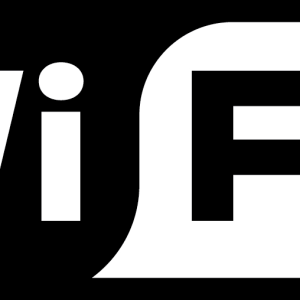Why do some viewers have problems with the live stream buffering, lagging, or hacking?
Why do some viewers have problems with the live stream buffering, lagging, or hacking?
Update – the facts in this article are still correct, but Streamio now offers live transcoding – an automated way to send the right quality to the right recipient. This means that those with a good connection can watch live Streamio broadcasts with higher quality, while those with a poorer connection will get quality that works without buffering or lag. Read more about live transcoding in Streamio here.
![]()
Some viewers will always have problems when you stream live. It can be due to many things, but the most common reasons behind the problems are like everything else where technology is involved and should work for many people with different devices and connections. However, we would like to point out that live streaming through Streamio usually works, but in the event of problems, the following aspects can be reviewed:
Streaming with higher quality increases the risk that some people will experience problems such as buffering. The streaming capacity is connected to your connection and that of your viewers. Lowering bitrate, the quality of the stream, is a sure way to minimize the problems even for those with weak connections. Learn how to change live streaming settings here!
3G and 4G are mobile data that are usually reasonably fast but unstable. Mobile-connected viewers are more likely to have problems than those with fixed connections. Even if you have a good connection, the performance varies over time with the number of users on the same cell and what they do. If you are in motion, for example, riding in a car or sitting on a train, you jump between different masts and get a completely different performance for each jump. If you can’t switch to a fixed connection via WiFi or, preferably, cable, you can only lower the quality of the stream so that more people can use it.
Today, most people almost take WiFi as a guarantee that they will have a good connection.

In fact, quite a few WiFi networks are unreliable, with poor performance. In addition, WiFi signals vary depending on the user’s load, so just because you’re connected to a WiFi doesn’t guarantee you won’t experience buffering in your live streaming.
Now that many people have moved their workplace from office to home office, new WiFi problems may have arisen. Here we summarize some essential tips to make your WiFi work better
Hopefully, the above tips can minimize video buffering and other problems like video chopping. If possible, we always recommend that our users and viewers of live streams use a cabled connection instead of WiFi, so you avoid all forms of buffering.
Of course, the same thing mentioned above about mobile and WiFi connections also applies to the encoding side – ensuring you have an extremely reliable and sufficiently robust connection where you’re streaming from. Make sure to have at least 10 Mbps available to stream at 3 Mbps; you want those margins.
The correct settings for the proper hardware. Something that pops up relatively often is interference due to overloading the hardware. Encoding video is heavy, and overloading your hardware is pretty easy. Examples of this are OBS Studio’s poor quality, hacking, and freezes.
If you are still experiencing problems, you can always reach us via our Contact Us page!